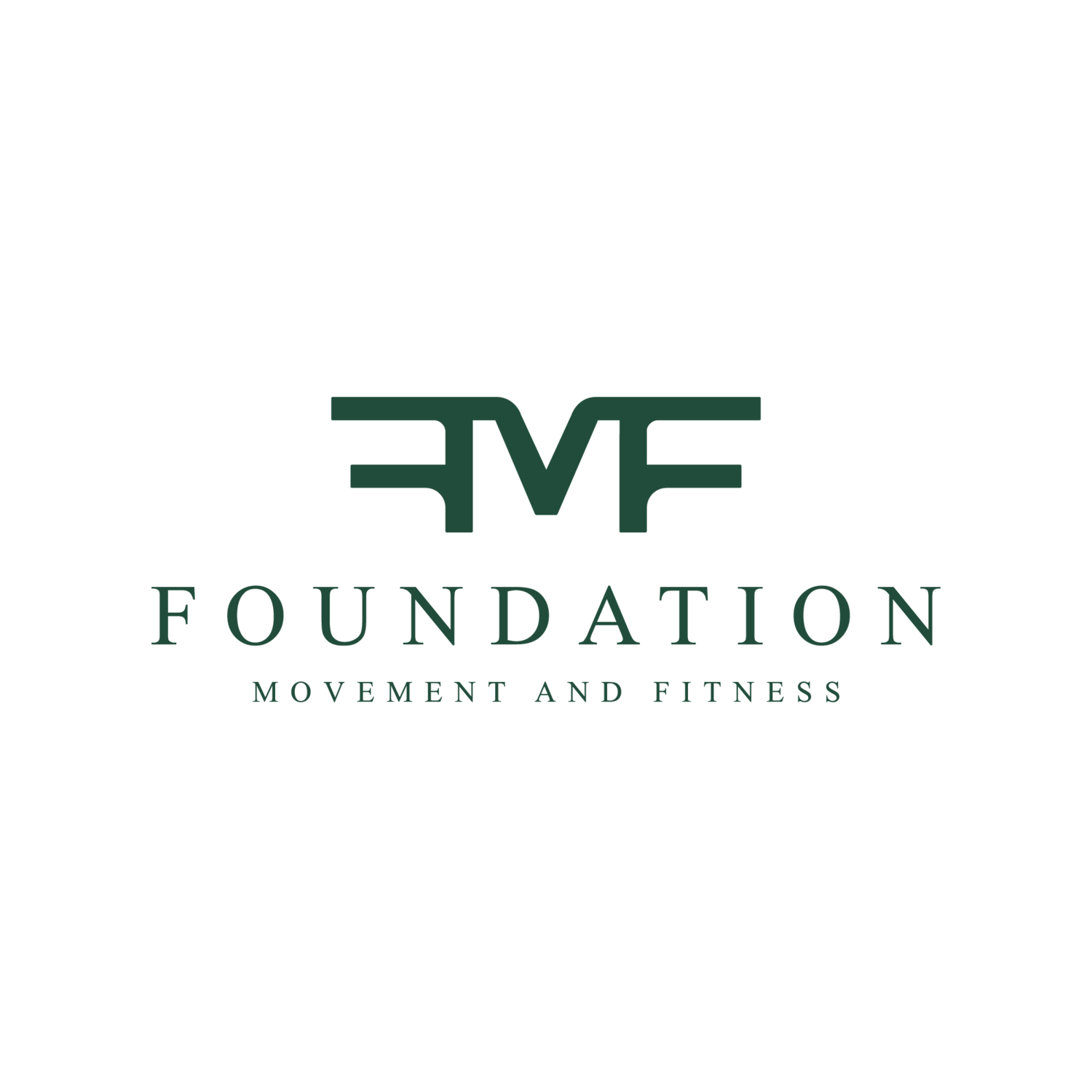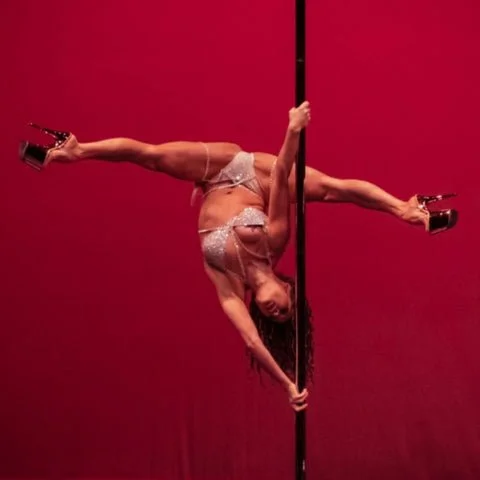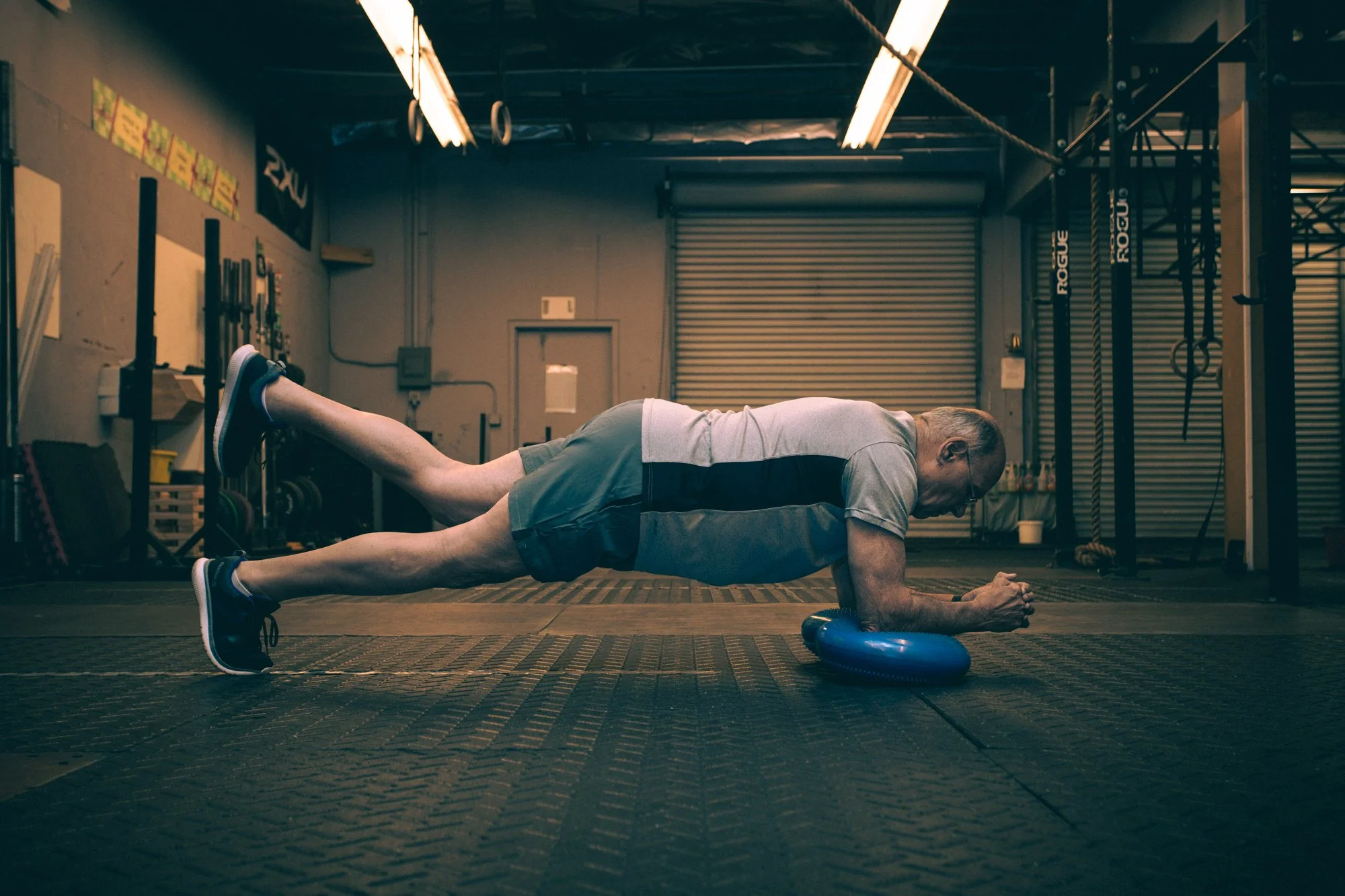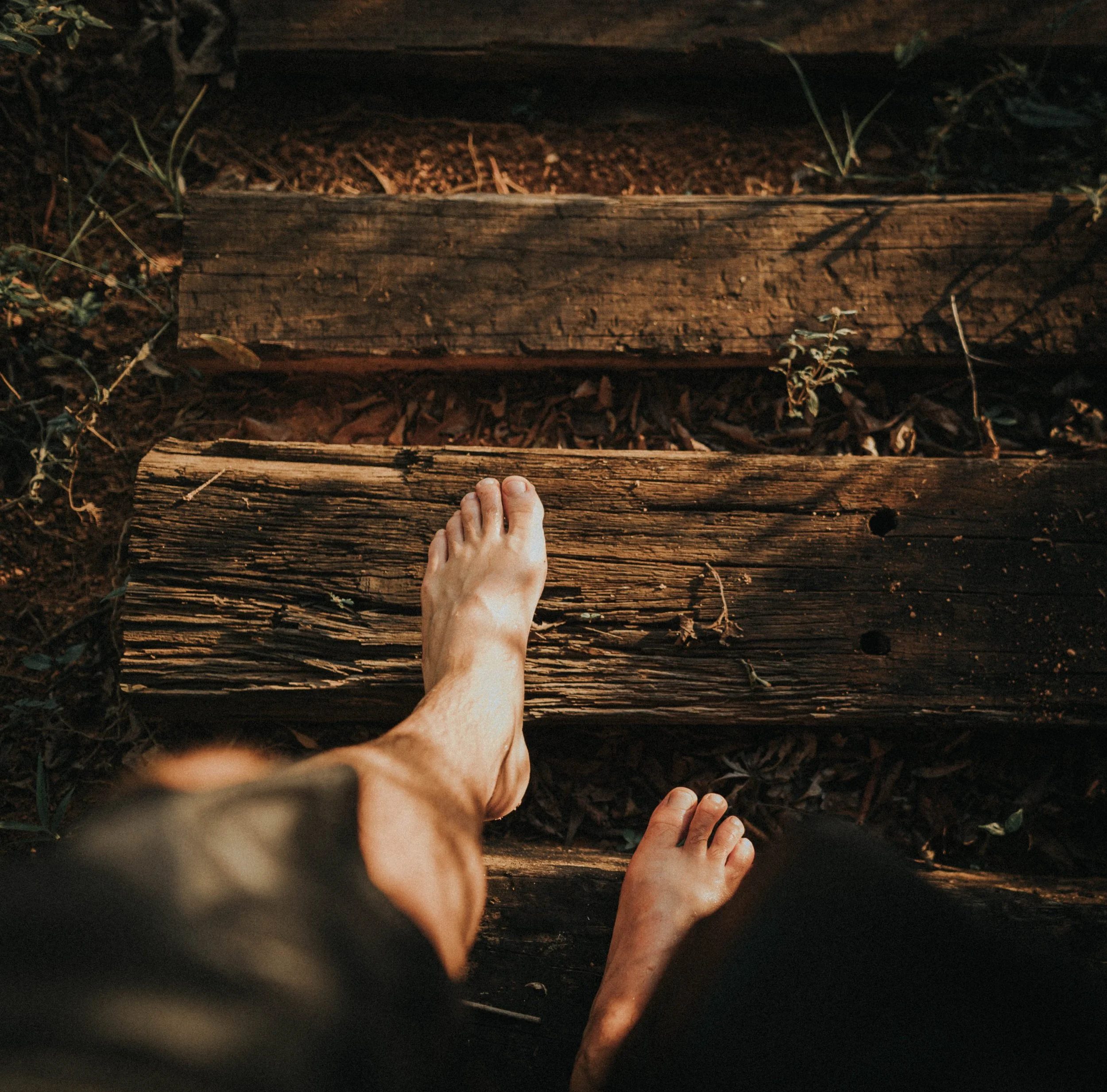I stated pole dancing at age 33, and my hobby quickly turned into an obsession in the span of 2 years. I went from being a pole dance student to getting certified to teach, then teaching, competing and performing non-stop over the last 8 years. I had no formal dance training before I started pole, and most everything I learned about dance, flexibility and training as a professional athlete came to me through the pole dance world.
Why did I become so obsessed with pole dance?
I loved the expressive and artistic nature of the sport, I loved that it was sexy and that the challenges were never ending; there is no such thing as mastering pole dance. There is always something new to learn, and even after a lifetime of pursuing this sport there will still likely be moves, styles or sequences that will elude you. I love the difficulty and the lack of a skill ceiling. There is always something new to learn in pole.
However, I made many, many training mistakes as it relates to training and injuries, especially in my first few years of pole dancing. I made all the typical training mistakes: not enough rest, overtraining, over-training repetitive movements, not training symmetrically, not enough recovery training and recovery/ physical therapy/ self-care for the body. It’s hard to slow down when you are so excited and in love with your sport!
In retrospect not training smarter slowed down my progression and has also allowed for major injuries that have taken months to heal or are now just, “working” injuries that I have to be careful with when I train.
Here are some insights I have learned along the way training as an adult to be a professional athlete, and how to create sustainability in your progress, skills and training, I hope some of these insights are helpful to you whether you are just a weekend hobbyist or training to be a pro.
I’ll share my lessons I’ve learned and in the blog next blog piece my three biggest take aways as an elite adult athlete, instructor and artist.
Find a very good physical therapist and start working with them NOW.
You do not need to be injured to train for your “best” body. And by best I mean most functional, not best looking.
There are no perfect bodies. Every body has mis-alignments, weaknesses and lack of balance in muscle development and or flexibility in certain places. The sooner you start working on these imbalances and personal weaknesses the faster you will progress in your sport.
You might be like me..
I have an extremely tight back and shoulders and I am over developed in my musculature in the front of my body compared to the back. The left side of my body is also more flexible than the right. This lack of balance has caused me major back injuries that plagued me for years until I started incorporating my physical therapy exercises into my weekly and sometimes even daily training routines.
Physical therapy has been the single most important tool for me in injury prevention
I don’t wait for my body to break now before working my physical therapy exercises. They are a part of my training regiment, and have been incredibly important in maintaining a healthy body so that I may continue training at the level I want to.
Pole sport and dance is all about proper and functional mobility, without it you will not be able to perform any of the skills particularly as you progress to becoming aerial on the pole.
Just like your training regiment for your sport, it is key to remain consistent with your physical therapy training. Doing your physical therapy exercises once a month when you remember to do them will not help you manage or heal the imbalances in your body that are leading to injuries or inhibiting range of motion or functional movement.
Just like training the skills required for your sport to progress consistently, you must remain consistent with your physical therapy training to see lasting results.



































